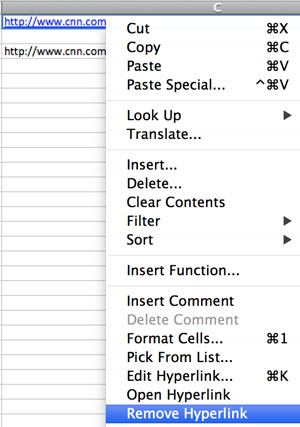
In the ‘Macros in’ drop-down, make sure ‘This Workbook’ is selected.This will open the Macro dialogue box where you can see all the macros in the workbook Click the Developer tab (in case you don’t see the Developer tab, see the note in yellow after the steps).Suppose you have a file called Example.xlsm that has some macros.īelow are the steps to delete a macro from this workbook: this one allows you to choose the ones that you want to be removed.Īnd in case you want to delete all the macros, you can do that as well. While the previous method would delete all the macros. Remove Specific Macros from the Macro dialog box However, if you want to remove some macros and delete some, this method will not work for you (see the one using the Macro dialog box for this).Īnother good thing about this method is that you still have a copy of the original file that has all the macros (in case you need it in the future). This method is great as it removes all the macros from the current Excel workbook in one go. It’s just informing you that the VB Code will be lost if you save this file in the. In the prompt that appears, click on Yes.Select the Excel Workbook (*.xlsx) option.

You can also keep the existing name if you want In the Save As dialogue box, enter the name of the file with which you want to save it.Click on ‘Save As’ option (it’s ‘Save a Copy’ in new Excel versions).Suppose you have a file called Example.xlsm (with macros), below are the steps to remove all the macros from this file: When you save the workbook in any other format, the macros are immediately lost. With Excel, you can only have the macros in the.

In case you do, it would be removed automatically while saving the Excel file. If you want to get rid of all the macros at once, the easiest way to do this would be to save the existing workbook with the XLSX format.īy design, you can not have any VBA macro code in the XLSX file format. Remove All Macros by Saving the File in XLSX format


 0 kommentar(er)
0 kommentar(er)
